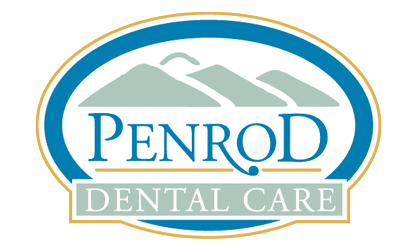Although thorough brushing and flossing help remove food particles and plaque from smooth surfaces of teeth, sometimes toothbrush bristles cannot reach all the way into the depressions and grooves of other teeth to extract food and plaque. Dental sealants are a barrier that helps protect these vulnerable areas by “sealing out” plaque and food.
Sealants are a thin, plastic coating applied to the chewing surfaces of the back teeth (premolars and molars) where the grooves and depressions mean decay is most likely. The sealant is painted onto the tooth enamel, where it bonds directly to the depressions and grooves (pits and fissures) of the chewing surfaces of back teeth, then hardens. The sealant acts as a barrier, protecting enamel from plaque and acids. As long as the sealant remains intact, the tooth surface will be protected from decay. Sealants hold up well under the force of normal chewing and may last several years before a reapplication is needed. During your regular dental visits, your dentist will check the condition of the sealants and reapply them when necessary. Regular visits will make sure that they don’t break down without anyone noticing.
The likelihood of developing decay in those deep pits and fissures begins early in life, so typically children and teenagers are the main candidates for sealants. Sealants help protect the teeth through the cavity-prone years of ages 6 to 14. However, adults without decay or fillings in their molars may also benefit from sealants. Call us if you have more questions about sealants and the important role they can play in your dental health program.
Source from: http://www.webmd.com/oral-health/guide/dental-sealants and http://www.mouthhealthy.org/en/az-topics/s/sealants



